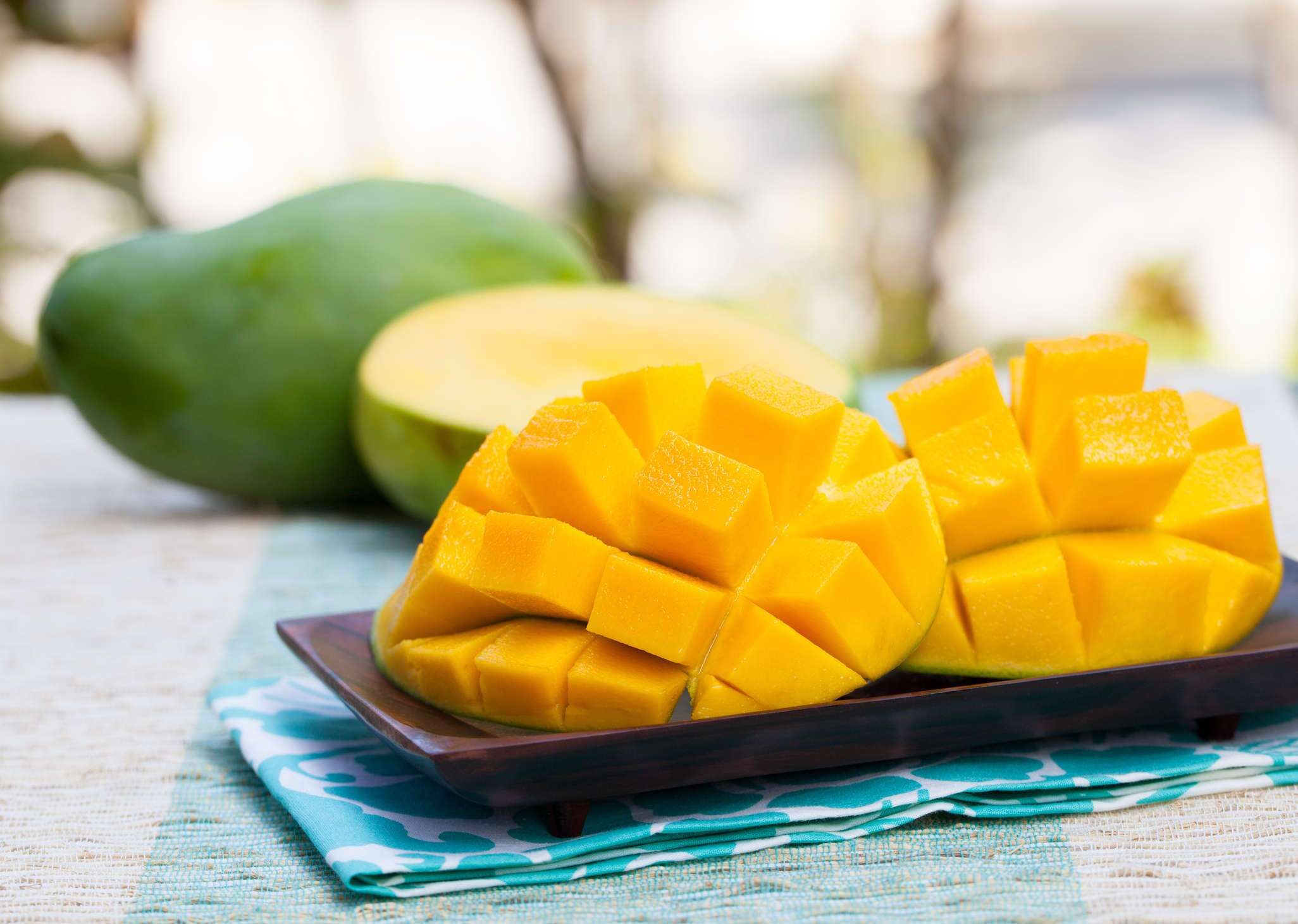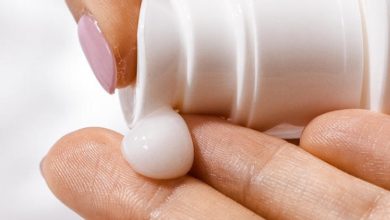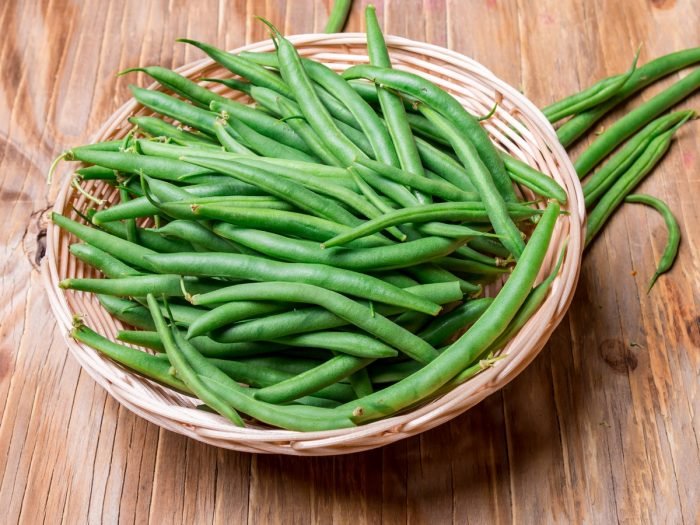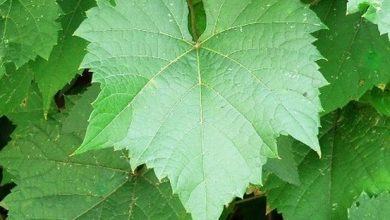Adding balsamic vinegar to various foods during cooking is an easy and quick way to get antioxidants into your diet, and it contains antioxidants that may help reduce the risk of disease, but more research is needed to confirm this.

A good source of minerals: Balsamic vinegar contains a high percentage of potassium, which is important for all cells in the body, and adding balsamic vinegar to your daily diet may reduce the risk of low potassium levels. Balsamic vinegar also contains the minerals calcium and sodium. These are responsible for blood coagulation, heart function regulation, and blood volume control, as well as phosphorus, which is necessary for the growth of bones and teeth.
According to studies conducted on balsamic vinegar, it has the following health benefits:
According to a 2010 study published in the Journal of Nutritional Sciences and Vitaminology, balsamic vinegar inhibits the oxidation of low-density lipoprotein (LDL) and may help lower harmful cholesterol levels.
Balsamic vinegar increased the function of beta cells, which produce insulin, in a 2012 study of mice published in the journal Diabetes & Metabolism.
Balsamic vinegar’s nutritional value
Balsamic vinegar contains the following nutrients in 100 grams:
| Nutritional element | Number |
| calories | 88 calories |
| now | 76.45 ml |
| carbohydrates | 17.03 grams |
| Protein | 0.49 grams |
| sugars | 14.95 grams |
| Glucose | 7.57 grams |
| fructose | 7.38 grams |
| Calcium | 27 mg |
| iron | 0.72 mg |
| magnesium | 12 mg |
| phosphorus | 19 mg |
| potassium | 112 mg |
| sodium | 23 mg |
| Zinc | 0.08 mg |
| copper | 0.026 mg |
| Manganese | 0.131 mg |
Balsamic vinegar versus other vinegars
In addition to being made from concentrated grape juice or fresh grape juice containing seeds and skins of white grapes, balsamic vinegar also has a dark color, a rich flavor, and a sweet taste, and as mentioned earlier, the production process can take some time. The traditional type of balsamic vinegar is made from concentrated grape juice and then mixed with strong vinegar, while the commercial type is made without sugar and placed in barrels of various types of wood. It also has a taste of caramel, but the most important thing is that balsamic vinegar is prepared from grape products without mentioning different methods and it is also very acidic, but it usually loses its spicy taste due to the presence of sweet substances.
Apple, blackberry, blackberry, and quinoa vinegars, on the other hand, have a fruit flavor that is used to produce vinegar in the final product.
Balsamic vinegar has the following uses:
In order to add more healthy fruits and vegetables to your diet, you can add a few drops of balsamic vinegar. Generally, balsamic vinegar can be substituted for other types of vinegar or even lemon juice in sauces for different types of dishes, such as salads. You can also cook it over the fire or use it to make salty sauces for various dishes.
Balsamic vinegar has the following side effects:
Unless someone is allergic to it, it is generally safe to use.
When using balsamic vinegar, consider these points:
The acid in balsamic vinegar can erode tooth enamel.
Nitrates can be caused or worsened by drinking too much vinegar.
Raw balsamic vinegar can cause a sore throat and damage to the esophagus, and it can cause stomach pain or damage to the stomach lining in some cases, so it is recommended to consume vinegar in moderation. You should stop using it if you experience heartburn or stomach problems.
In conclusion:
A brown vinegar made from unfermented grape juice, balsamic vinegar has a distinctive taste described as sharp and sour. When added to pickles used in meat and food, this acidity gives them a distinct flavor. As well as softening meat proteins before cooking, it can also be used for pickling.










